Indy Environment: Does the BLM’s solar plan trade Nevada’s resources for desert sprawl?
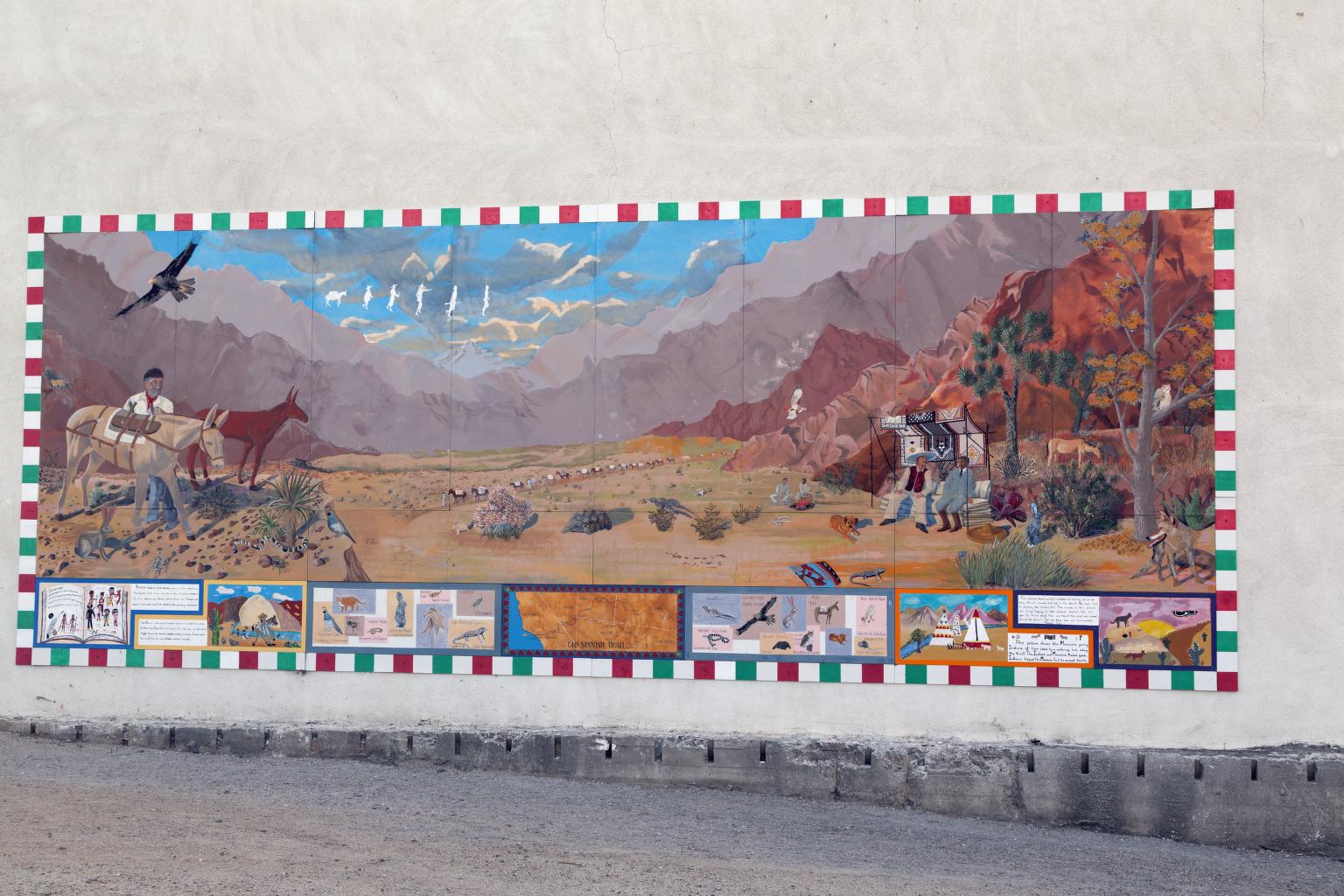
Good morning, and welcome to the Indy Environment newsletter. I'm Amy Alonzo, the environment reporter for The Indy.
Here at The Indy, we’re still doing the in-depth, investigative and accountability-focused journalism you’re used to, but we’re also trying to bring you more of the important outdoor and environmental news around Nevada and the West. That’s why we’re rolling out a new format for the Indy Environment newsletter. Let us know what you think.
As always, I want to hear from readers. Email tips to me at [email protected].
To get this newsletter in your inbox, subscribe here.
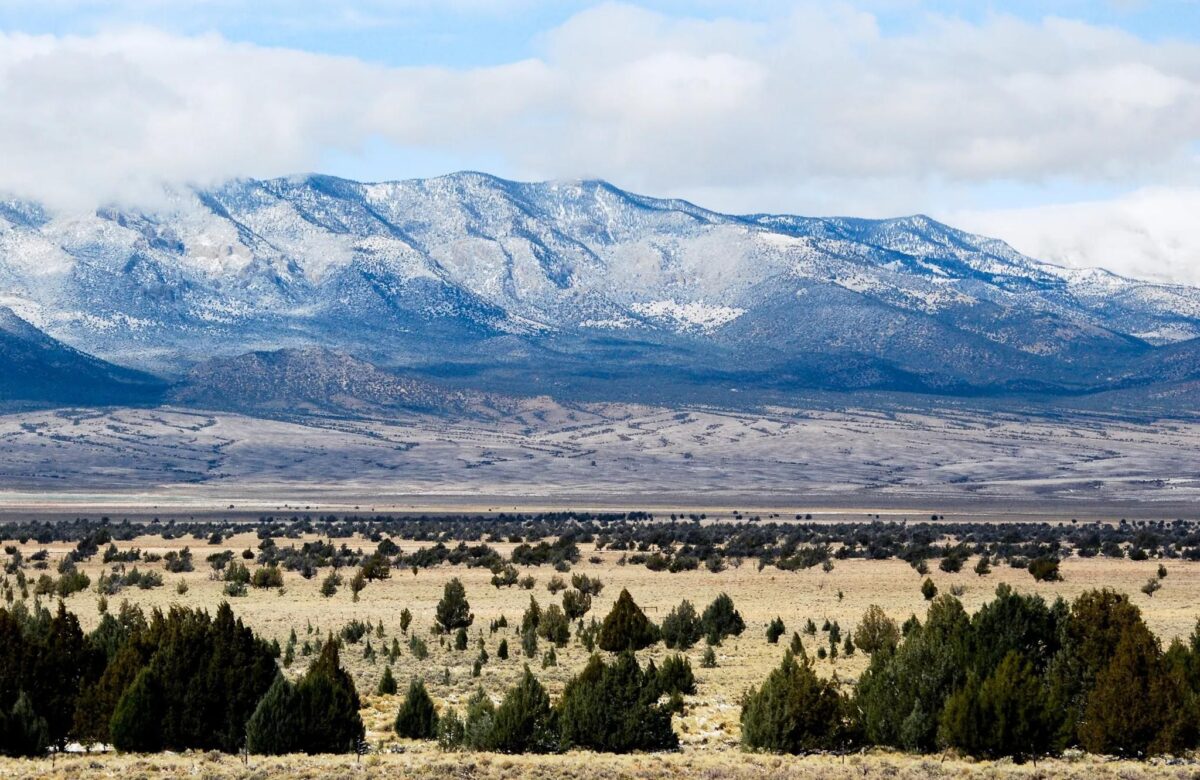
Long before the days of freeways and highways, interstate travelers relied on rugged dirt trails.
The Old Spanish Trail was one such path.
Spanning approximately 2,700 miles between present day Santa Fe, New Mexico, and Los Angeles, California, and running through a portion of Southern Nevada, the trail was used by traders, explorers and settlers during the early 19th century. California-bred horses and mules were swapped for goods made in New Mexico, and contraband and slaves were also transported along the route.
Portions of the trail are overgrown or have been paved over by cities. But other sections have been preserved, and in 2001, more than 150 years after the trail fell out of use, the portion of the trail running through Nevada was placed on the National Register of Historic Places. The following year, Congress commemorated the path by designating the Old Spanish National Historic Trail.
But roughly two decades later, the Bureau of Land Management (BLM) and the National Park Service, the federal agencies jointly tasked with managing the trail, haven’t drafted a management plan for it, leaving parts of the trail open to development. And in Nevada, that means not just residential and commercial development, but also solar development.
The BLM recently released its Western Solar Plan, a guiding document for solar development across 11 Western states, including Nevada. While the plan protects roughly 130 million acres across the West from solar development, it also identifies 31 million acres nationwide that could be used for solar development — including almost 12 million in Nevada.
While it’s highly unlikely that anywhere close to that amount will be developed, the plan fails to provide a solid framework of where solar development should occur on those millions of acres. Should solar arrays be built across one large swath of land, or in small clumps that pocket the desert? Although the plan protects critical habitat, recreation areas and wildlife migration corridors, what does it mean for areas that are locally significant or for the state’s rural way of life?
As one conservationist told me, “It is not very helpful in figuring out where and how much solar needs to go in Nevada.”
Public Employees for Environmental Responsibility, along with groups including Basin and Range Watch and the Amargosa Conservancy, have filed a protest with the federal government over the plan, alleging it will be yet another scar on the Old Spanish National Historic Trail.
During the past decade, federal agencies have approved roughly four dozen projects affecting the trail, including the Gemini Solar Project, the largest utility-scale solar project in Nevada. That project built utility-scale solar fields over a 3-mile stretch of the trail.
Across Southern Nevada, there are five additional proposed solar projects adjacent to the trail and one, in Pahrump Valley, that would sit on top of the trail. If built, the projects would cover thousands of acres with row upon row of solar arrays.
But it’s not just an obscure trail in Southern Nevada that could be affected by the Western Solar Plan.
Friends of Nevada Wilderness has mapped out areas that, under the plan, could be developed. Its mapping shows a section of the proposed Bahsahwahbee National Monument in Eastern Nevada is ripe for solar development, as are portions of the Black Rock, Smoke Creek and San Emidio Desert playas in Northern Nevada.
The playas are particularly confusing to conservationists, who point out the ease with which they flood under nominal amounts of precipitation and the intense, abrasive alkaline dust storms that plague them (picture dusty vans driving around after Burning Man).
High solar potential? Yes. Ideal areas for solar development? Probably not.
In a separate protest, the Center for Biological Diversity points out that lands will be open to development “based on poorly defined exclusion criteria, inconsistent application of those criteria, and inadequate consideration of public lands resource values.”
Not everyone feels the plan is too permissive, though. In a letter earlier this year to the Department of Interior, Dwayne McClinton, director of Nevada’s Office of Energy, took the opposite stance, calling the plan “unnecessarily rigid” and having “limiting exclusions and design features.”
The plan “will severely limit solar energy development in Nevada and will drive up energy costs for Nevada ratepayers by driving up development costs for the few projects [that] might still be developable,” he wrote.
Nevada lacks a solar development plan of its own, so the Western Solar Plan does provide some level of framework. It's up to federal officials to now ensure the plan strikes a balance between being “unnecessarily rigid” and being “inconsistent” and “inadequate.”
Otherwise, Nevada could end up exchanging its cultural and geographical resources and wildlife habitat for sprawling solar complexes — a remote, desert version of suburban sprawl.
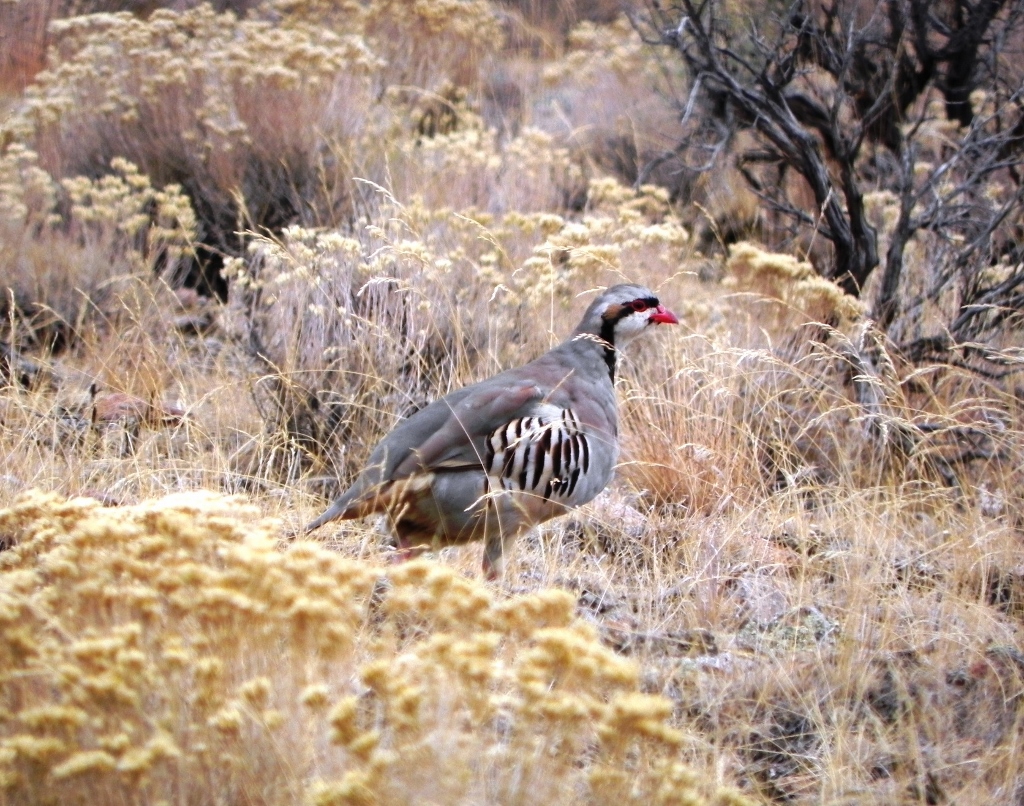
In the weeds
Renewed focus on Red Rock — The Southern Nevada Conservancy, a Las Vegas-based nonprofit organization, will no longer staff visitor centers and bookstores and offer education events at Spring Mountains National Recreation Area and Desert and Pahranagat national wildlife refuges. The conservancy will instead focus its efforts on stewardship of Red Rock National Conservation Area, considered one of the crown jewels of Nevada and under threat by development.
Earlier this year, Clark County commissioners unanimously agreed to an $80 million settlement with a Southern Nevada developer looking to build thousands of homes near the conservation area. Despite more than 52,000 comments in opposition, the developer has secured the right to develop a master-planned community and commercial development.
Pedal smarter, not harder? — Step aside privatization of ski resorts and overcrowded beaches — there’s a new recreation issue at hand in the Lake Tahoe Basin. A new plan by the U.S. Forest Service to open more than 100 miles of currently off-limit trails in the Lake Tahoe Basin to e-bikes is firing people up, with nearly 600 people submitting written comments about it.
The proposal would allow e-bikes, currently allowed only on roads and trails designated as “motorized,” onto 112 miles of trail now closed to motorized vehicles, as well as 27 miles of yet-to-be-built trails — nearly one-third of the 362 miles of trails within the basin.
Some of the basin’s most pristine trails — the Tahoe Rim Trail and those in the Desolation and Mount Rose wilderness areas — would remain off limits to e-bikes.
Hunters rejoice — A “literal boom” in the state’s chukar population is likely to result in the best chukar and Hungarian partridge hunting season thus far this century. Weighing only about a pound, the game birds were introduced from Eurasia and live in the West’s high desert plains.
Nevada Department of Wildlife biologists determined that, across nearly five dozen areas surveyed, the state’s chukar population has more than doubled in the past year from about 5,000 birds last year to nearly 11,000 this year.
The increased population is the result of two solid years of precipitation and an above average number of mature birds.
“That’s almost unheard of,” said state game biologist Justin Small.
Other wildlife, such as mule deer and bighorn sheep, are seeing numbers dip in some areas after two harsh winters. But those same conditions have resulted in thick cover and an increase in insect populations — two factors that help upland game birds thrive.
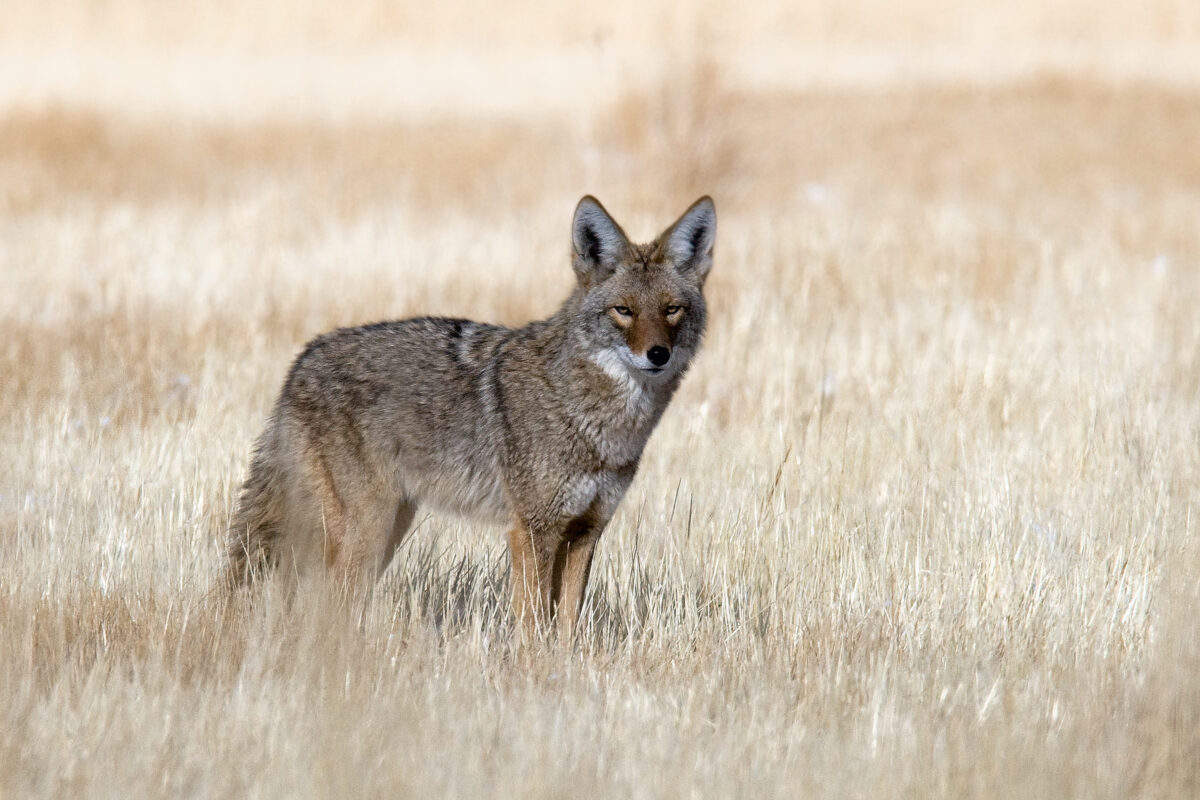
ICYMI
Killing coyote calling competitions? — The possible banning of coyote calling contests in Nevada — competitions that reward participants with cash prizes for reaching certain targets such as killing the most coyotes or snagging the largest — is back before wildlife officials.
In a story that ran Sunday, I examined the search for a compromise that likely doesn’t exist.
Securing funding for Lake Tahoe — As reported by my co-worker Gabby Birenbaum, federal lawmakers recently passed the Lake Tahoe Restoration Act, securing millions in ongoing funding for work including invasive species removal, new trails and wildlife resilience programs.
Not all of the money from the $300 million fund has been spent, and the bill will keep federal funds flowing into the Tahoe Basin for another decade.
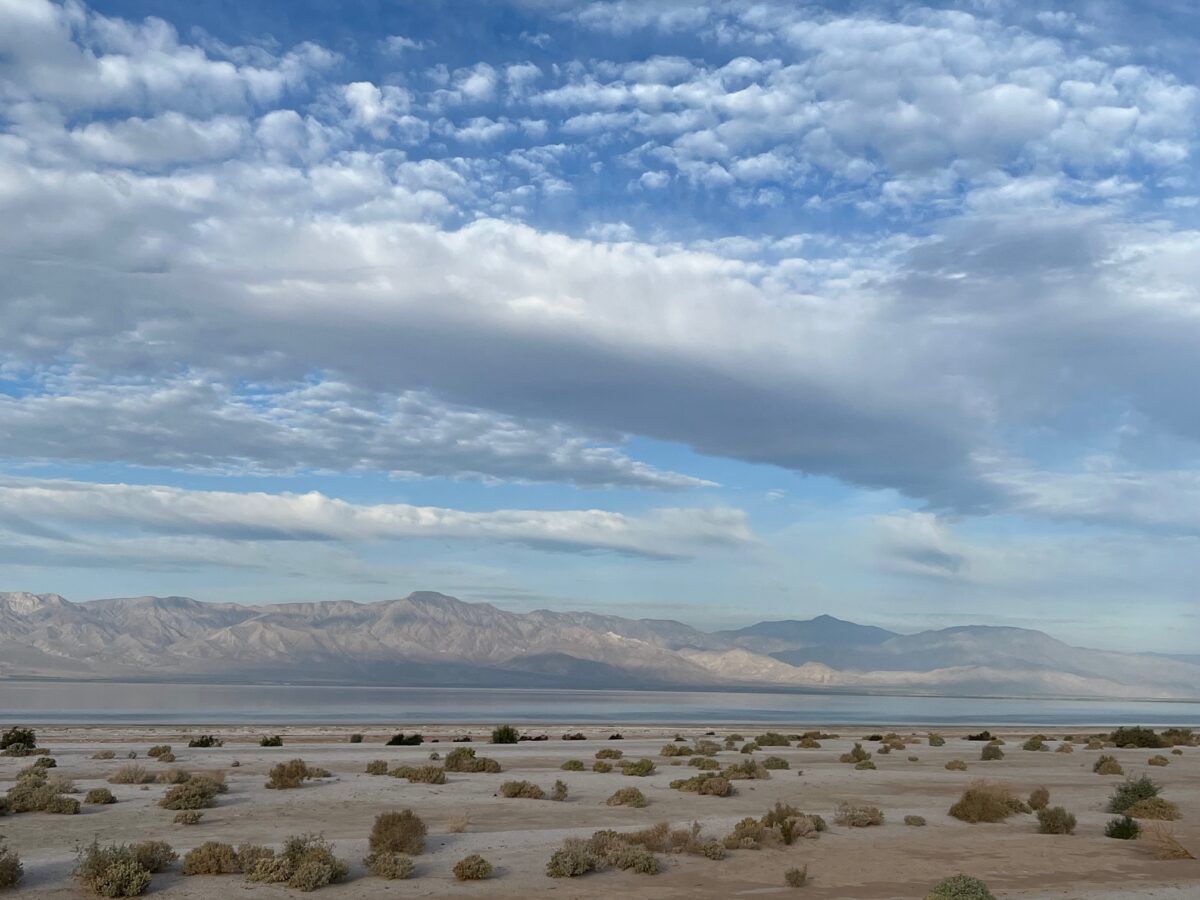
Here’s what else I’m reading (and listening to) this week:
The dark side of rooftop solar: As I’ve reported before, there have been a lot of challenges rolling out community solar programs — those that allow people who don’t have the ability or financial resources to install rooftop solar panels — in Nevada. But as NPR’s Planet Money finds, residential rooftop solar programs — those rented or owned by homeowners geared toward reducing energy bills — come with their own problems.
One disaster breeds another: In a twist that highlights just how complicated environmental issues can get, the Sierra Club has filed a lawsuit against a powerful California water agency looking to conserve Colorado River water. If Southern California’s Imperial Irrigation District cuts back its consumption of water by 750,000 acre-feet during the next few years, it could reduce the amount of water flowing into the already-dying Salton Sea, KPBS reports.
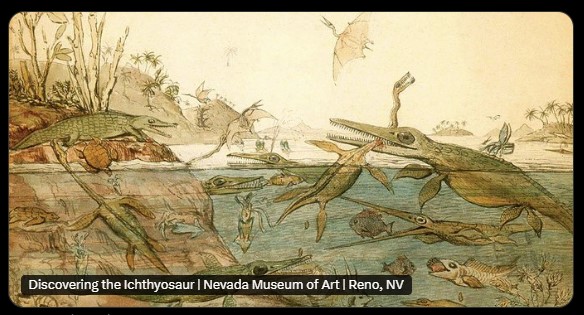
A closer look
Snoop Dog and his “sticky icky” made a splash at this summer’s Olympics, but there’s another Icky being celebrated this year in Nevada — the ichthyosaur, the state fossil of Nevada. If you live in Northern Nevada and, like me, have always intended to visit Berlin-Ichthyosaur State Park in central Nevada but haven’t quite made it, the Nevada Museum of Art in Reno is celebrating the sea dragons that once called the area home through January 2026.
Editor's note: This story was updated at 11:15 a.m. on 10/10/24 to correct the name of the Nevada Museum of Art.
This story was changed at 4:20 Monday, Oct. 14 to clarify that Nevada Department of Wildlife biologists determined that the state’s chukar population has more than doubled in the past year across nearly five dozen areas surveyed.
